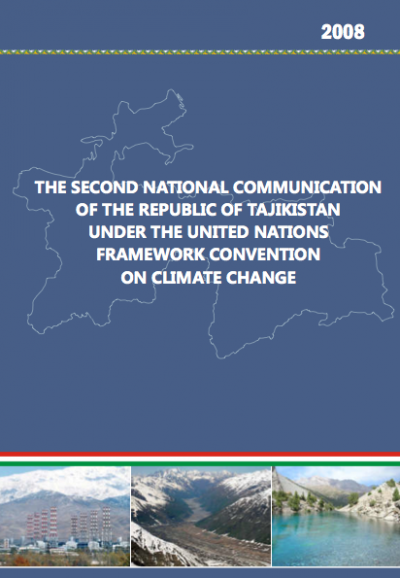Tajikistan's Second National Communication - Official Document - 2008

The creation of a National Communication offers countries the opportunity to contribute with technically sound studies and information that can be used for designing mitigation and adaptation measures, and project proposals that can and will help increase their resilience to the impacts of climate change. Activities generally include: V&A assessments, Greenhouse Gas Inventory preparation, Mitigation Analysis or Education, and awareness raising activities. The ultimate goal is the integration of climate change considerations into relevant social, economic and environmental policies and actions.
Tajikistan is considered the main glacial centre of Central Asia and glaciers occupy about 6% of the total country. These glaciers form an important function by retaining water, controlling flows and regulating the climate. Glaciers and permafrost are the main source of water recharging the Aral Sea river basins. In Tajikistan’s Second National Communication it is noted snow and glaciers contribute several cubic kilometres of freshwater to the main river basins in Tajikistan. Already, the country has lost more than 20 billion cubic meters of the glaciers’ ice volume (i.e., about 2.5 percent, mostly affecting small glaciers) during the twentieth century; a further increase in temperature will accelerate glacial retreat. Rainfall tends to be sporadic and in recent years (e.g., from 1999 to 2002) most precipitation has occurred in the winter and spring, causing droughts during main agricultural seasons. On the other hand, in 2007-2008, the area experienced extreme cold winter (the coldest since 1969) with increasing demand for electricity. This, coupled with high prices for food and fuel, led to the so-called 2008 Central Asia energy crisis.